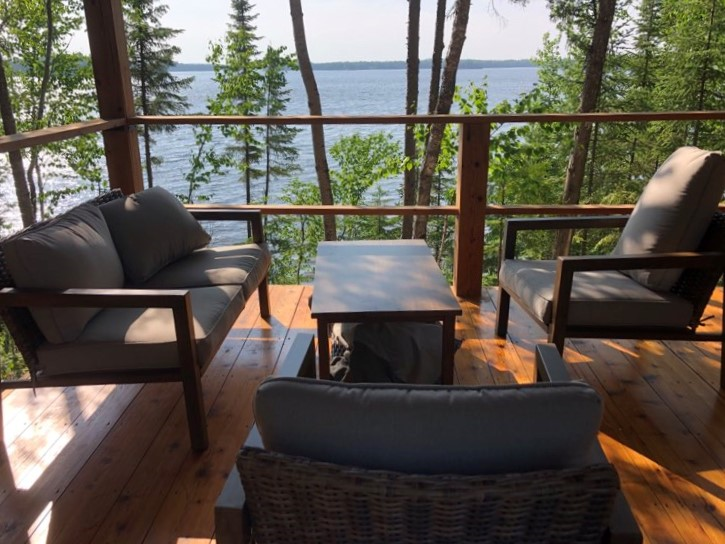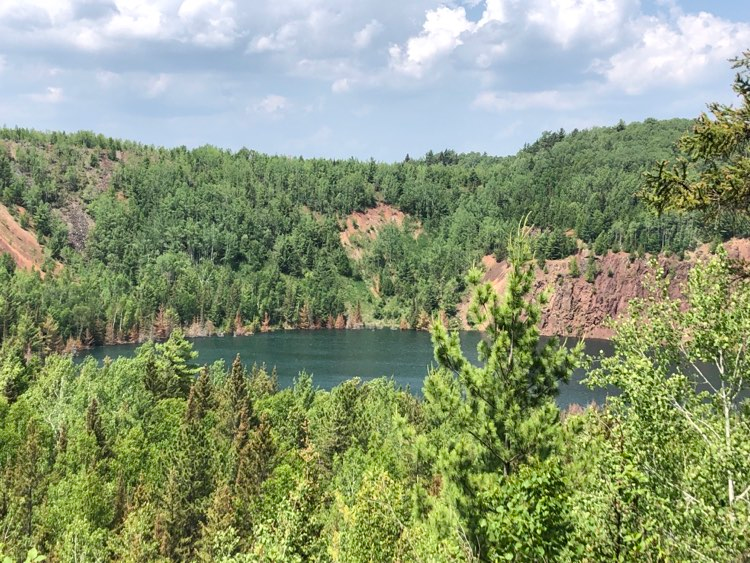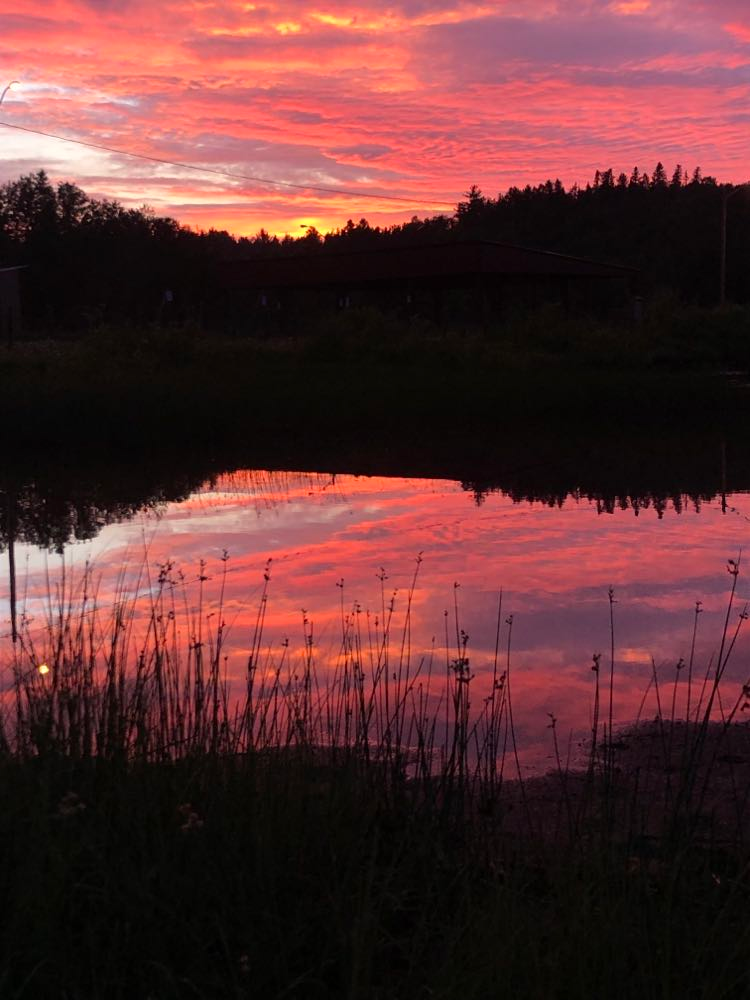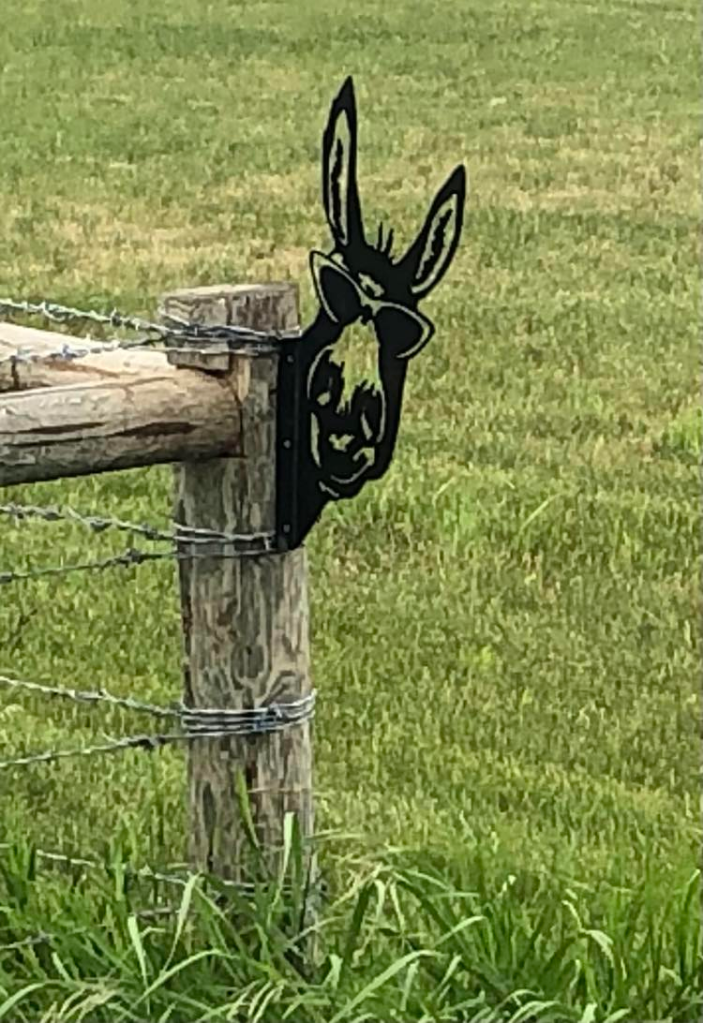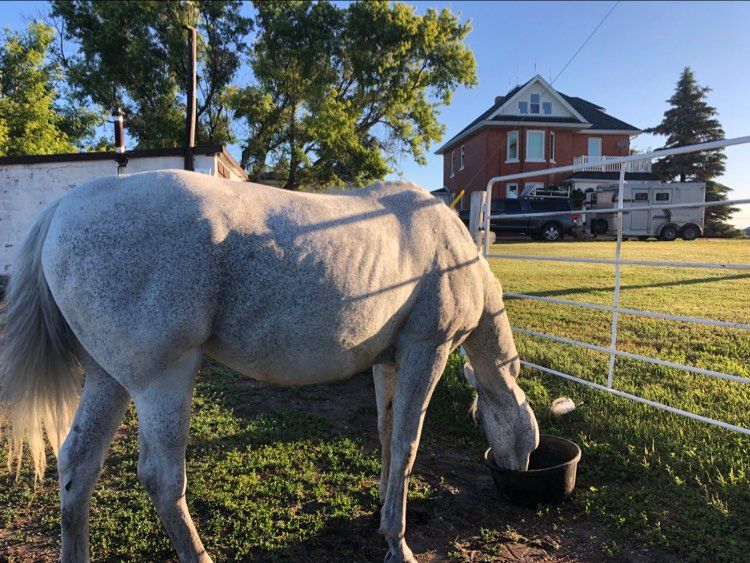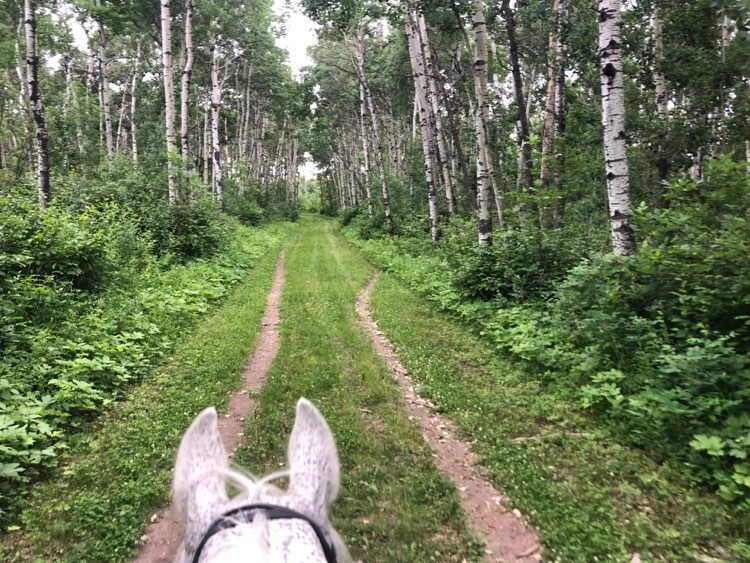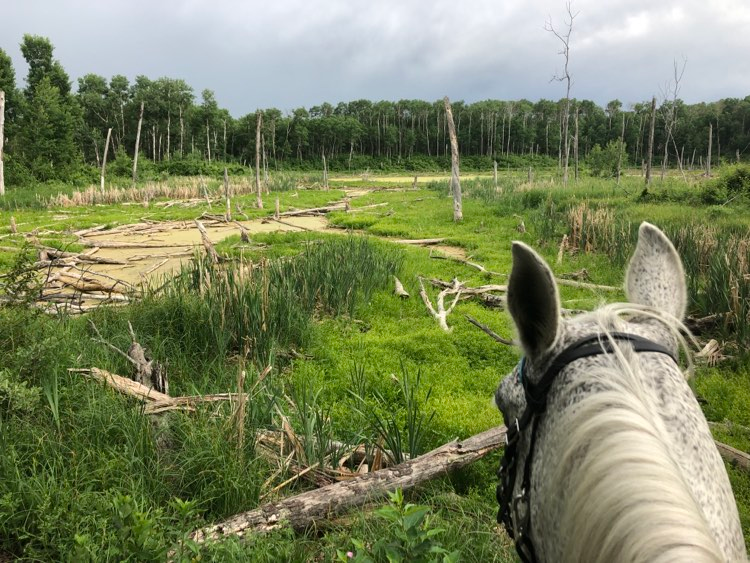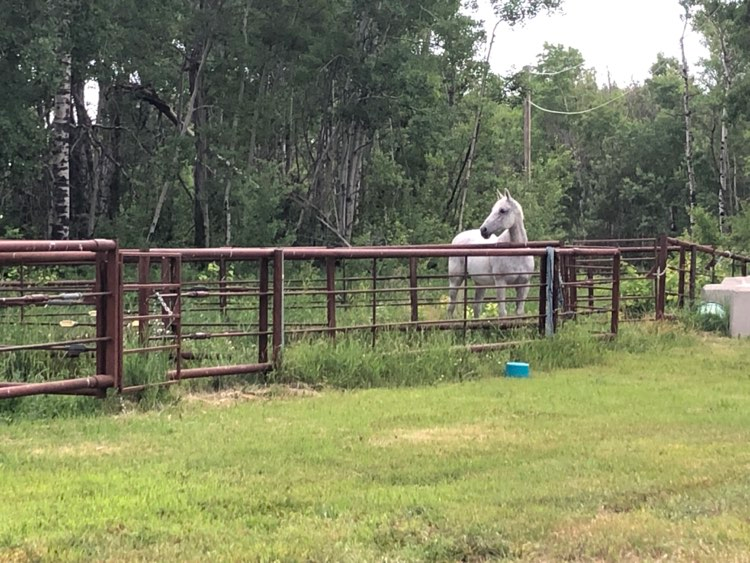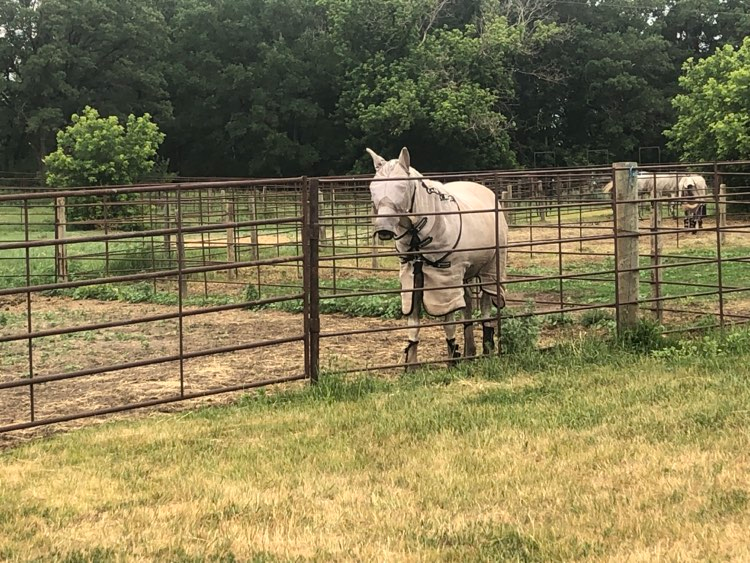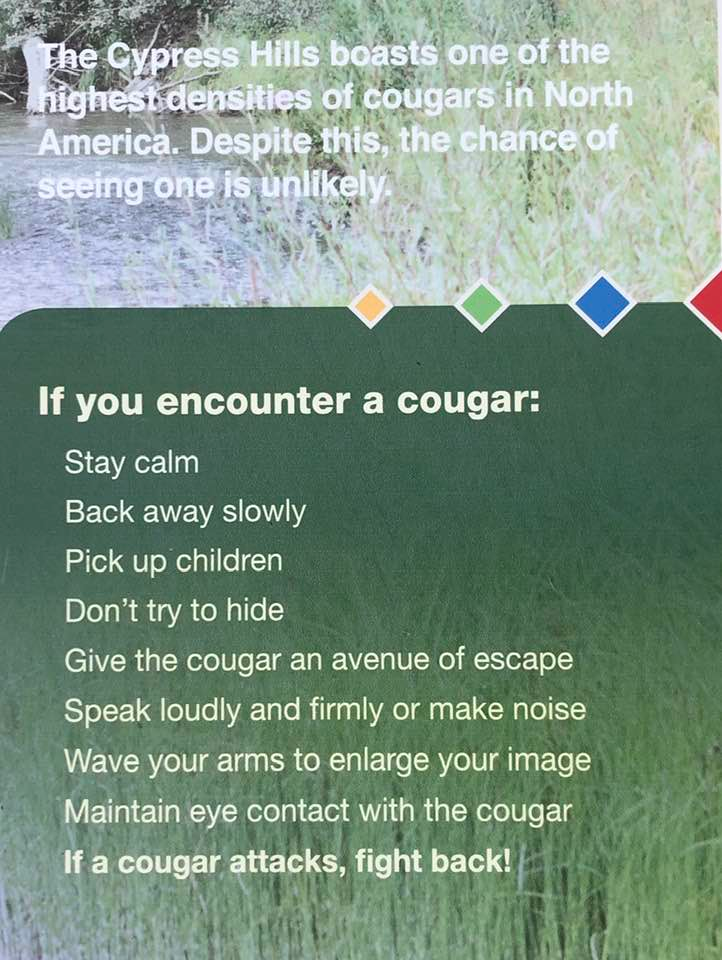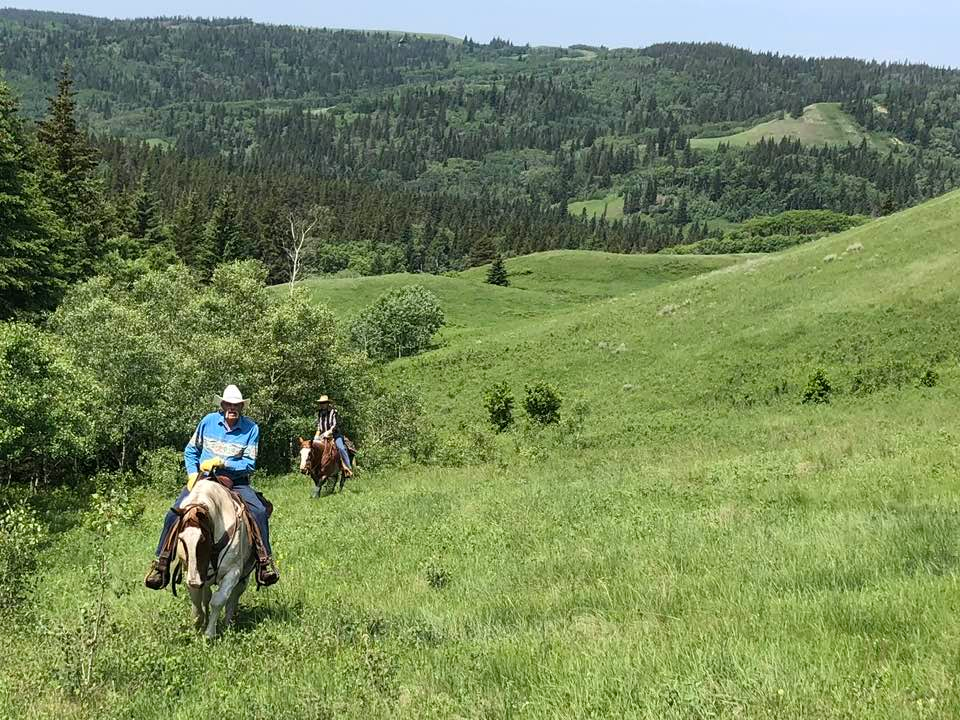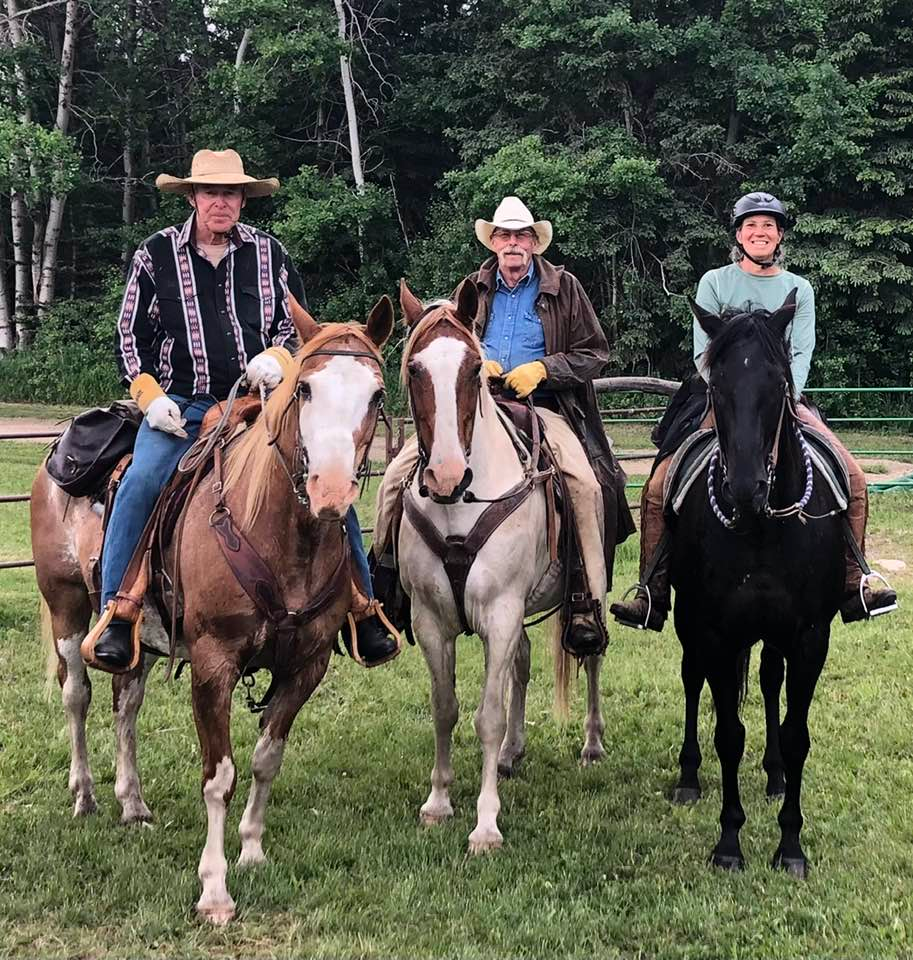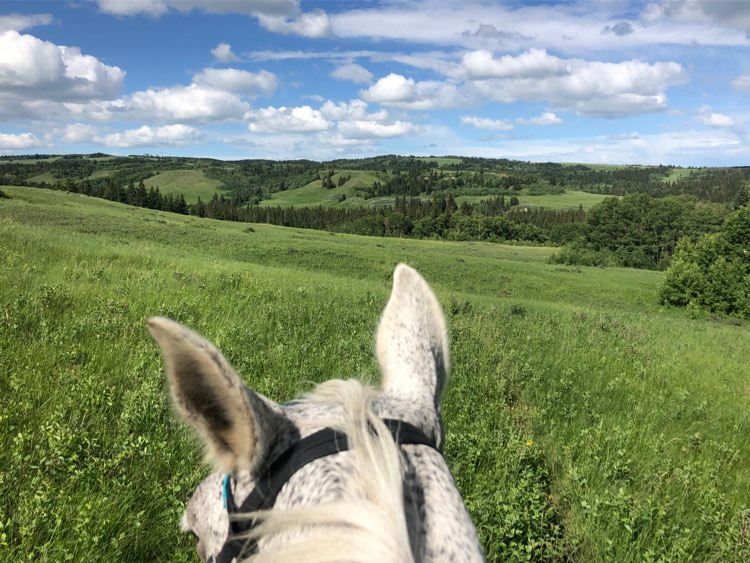On my various drives back and forth across Canada, I pass a lot of signs. So many signs. The best ones are the ones that advertise incongruent merchandise (“Nightcrawlers – Apple Pie”), but the most intriguing ones are those that make me wonder, “I wonder what that place is like?” The mystery of the unknown is infinitely alluring.
One of those signs was for The Historic Reesor Ranch, which appears along Hwy 1 near the Alberta-Saskatchewan border. After first spying the sign in 2012, I finally paid the ranch a visit in 2018, satisfied my curiosity, and made some lovely new friends.
Another set of signs was for Atikokan, a town located in the right angle of a triangle formed by itself, Dryden, and Thunder Bay, signs which use phrases like (I’m probably paraphrasing because I’m too senile to remember exact wording) “Gateway to adventure”. Year after year, I would drive past the signs, wondering what adventures I was missing.
When I was hitting the Google in the weeks before I set of on Road Trip 2023, I came across mention of Atikokan Equine Trail Riders, which described an equestrian camp and adjacent trails. Oh yeah, baby. I was in.
My route to Adventureland from the purgatorial bug-fest of Spruce Woods took me via one of my frequent and favourite layover spots, Merkel’s Camp on Lake Wabigoon. I now have “my” spot at the fishing/hunting camp. At this summery time of year, especially compared to my rough-and-ready horse camps, the fish camp is an absolute resort.
After setting up Queen of the World’s e-fence corral, Spy and I headed down to the dock for some canine water sports.
It was 32C out. Once my pinging dog-ball of energy had been adequately deactivated, I took my own self back down to the dock for a long, cool swim in the lake. At this time of year, the evenings are long, and I had ample time to read my book and quaff a refreshing wine spritzer in the gazebo that overlooks the lake before heading back to my campsite to make myself a cold dinner. Way too hot to cook.
Merkel’s camp is popular with ‘Murcans who come up for the excellent fishing. Later in the evening, I met and chatted with Tim and Anne from Minnesota, who come up to the camp every year, and who go out fishing three times a day. Tim was kind enough to send me on my way with a couple fillets of freshly-caught walleye – my favourite lake fish.
The drive from Wabigoon to Atikokan is a short 2½-ish hour jaunt. I pulled in to the equestrian camp in the Charleson Recreation Area before noon, and was immediately met by Manager of Community Services Tom Hainey, who showed me the ropes. When I asked about trail maps, he waved to the hill across the lake with an airy 5-star review that the trails over in that direction were spectacular.
A town maintenance worker who came to turn on the water, and who walks his dogs on the trails, gave me more specific trail suggestions. Pai and I headed off with a vague route plan.
It’s been my experience that folks who use a trail system regularly are more confident about the adequacy of the official mapping than they should be. What seems obvious when you’ve used a trail network a few times can be utterly ambiguous when you’re using it for the first time. I’m going to say that it isn’t all that easy to get lost at Atikokan, but it’s worth noting that the available maps show many trails whose names don’t appear on the map, and that the named trails you ride on don’t always appear to exist on the map, and that some trails you run across neither appear on the map nor have a name sign. Even though I mostly knew roughly where I was and in which direction I was headed, I nevertheless ended up at a spot where I realized that what I thought was a trail on the map was actually a decommissioned railroad track. Stubborn as I am about backtracking, I decided to push on, and so we ended up riding quite a few km of suboptimal “trail” on rocky footing between railroad ties. Pai seemed far less annoyed than I was. Despite my poor map reading and trail choice, the ride was a beautiful one, the long stretch on railroad tracks not excepted.
Upon our return to camp, in the sweltering heat, I unsaddled my gal and rode her bareback into the lake for a wash and a cool-down. Once again, I had camp to myself, and could let Pai wander loose to graze for a few hours before putting her to bed for the night in her pen. The stunning sunset was followed by a light-show provided by fireflies dancing in the grass.
Atikokan is a town of 2800 people, and yet it boasts an indoor pool, a 4-sheet curling rink, a hockey arena, a golf course, a motocross course, and a 35-km Nordic ski trail network. It calls itself the Canoe Capital of Canada, and its surrounding area has myriad lakes full of bass and walleye and trout and pike. And this. It has this equestrian camp with covered pens, high lines, water, picnic tables, flush toilets, and an outdoor shower. Amazing.
The place is truly a hidden gem. Go check it out.
Camp Notes for Horsey Folk:
The Atikokan camp is located in the Charleson Recreation Area and is across the road from the snowmobile clubhouse (Atikokan Sno-Ho). Cost was $26.25 for the night, payable by e-transfer. Do call to reserve/check availability, as Tom noted that it can be very busy.
Trails are mostly well-signed, and moderately well-mapped. They vary from winding single-track to wider two-track to gravel road to paved road. Trails are shared with hikers and mountain bikers. I met no one on my Thursday ride. Distance-wise, I’m going to say you could probably fill a long weekend’s worth of time riding, if you like 3-5 hour rides.
The camp has 15 pens, 11 of which are covered. Five of the covered stalls are roughly 10 x 20, and the others are roughly 10 x 10. The outdoor pens are roughly 10 x 20. There are also something like 7-9 highlines set up on poles. Portable corrals are allowed. There is water adjacent to the horse pens (I did not ask if it was potable).
There is a washroom with flush toilets. There are two outdoor showers attached to the washroom building. Cell service in ca


